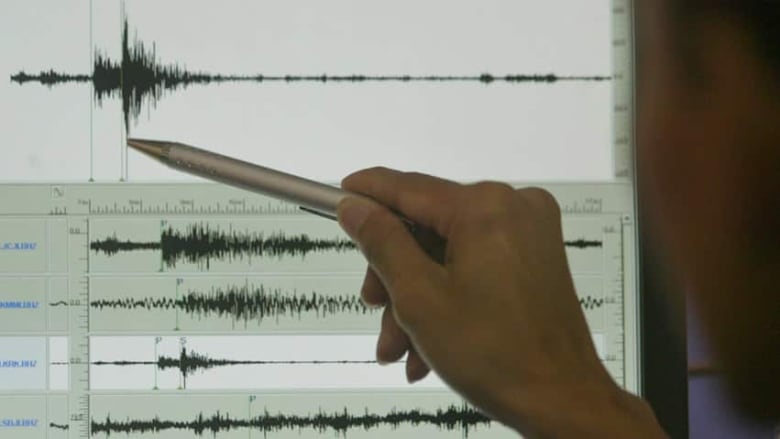Port Alberni January tsunami evacuation handled well: UBC report
More than two-thirds of participants said emergency managers handled the evacuation well on Jan. 23

Four tsunami sirens went off in Port Alberni in the early-morning hours of Jan.23, alerting the city's 17,000 residents to move to higher ground.
The city, which was devastated by a tsunami in 1964, was ultimately sparedafter a 7.9 magnitude earthquake struck the Gulf of Alaska and prompted officials to activate tsunami warnings for B.C.'s coastal regions.
A new report from the University of British Columbia sheds light on the emergency response in the Alberni Valleyand how its residents reacted in those early morning hours.
Researchers collected 450 responses from residents in the inundation zone through door-to-door and online surveys and conducted 11 interviews with officials.
The findings painta more positive picture than initial media reports, which highlighted how the city's website, Facebook and Twitter channels were noticeably silent after the alert.
More than two-thirds of participants said emergency managers handled the evacuation well and 87 per cent said evacuating the inundation zone was the right choice.
Ninety-four per cent of households reported evacuating their homes. More than half said they learned about the tsunami from the warning system. And 85per cent said they could hear the alarm at their homes that morning.
"Most people didn't have any difficulties," said Ryan Reynolds, a postdoctoral research fellow at UBC's School of Community and Regional Planning who co-authored the report.
Traffic problems
Other figures reveal how and where evacuees travelled.
Ninety-six per cent used a vehicle to evacuate, which led to traffic congestion, Reynolds said. Thirty-three per cent made it to their destination in less than 20 minutes.

Only two per cent ended up at the official reception centre at the Echo Recreation Centre.
Most people either evacuated to the home of a friend or family member nearby or to a commercial parking lot. About 10 per cent evacuated to the Alberni Summit on Highway 4 or travelled out of town.
Officials gave the all clear at 4:30 a.m. when a tsunami failed to materialize. The report notes that the event doesn't appear to have had a negative impact on public trust.
"They don't see this as kind of the boy-crying-wolf situation," Reynolds said.
The report is preliminary and more detailed findings will be published in October.
With files from CBC's All Points West












_(720p).jpg)


 OFFICIAL HD MUSIC VIDEO.jpg)
.jpg)



























































































